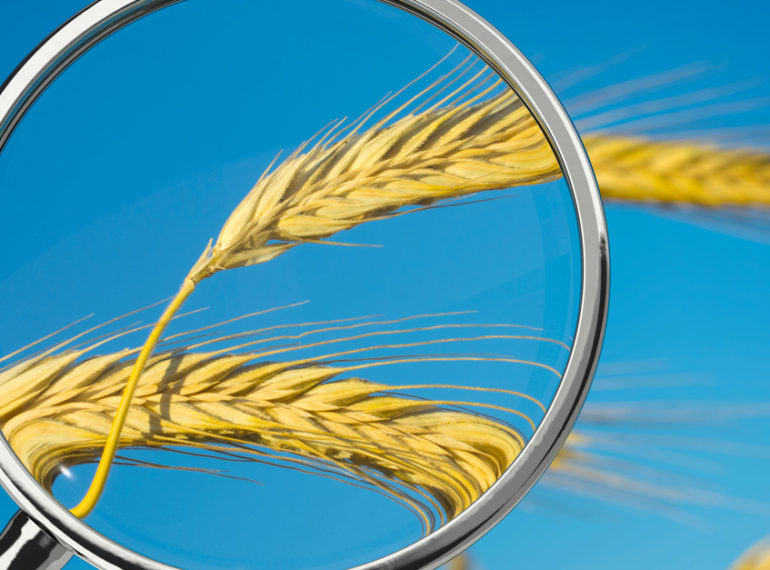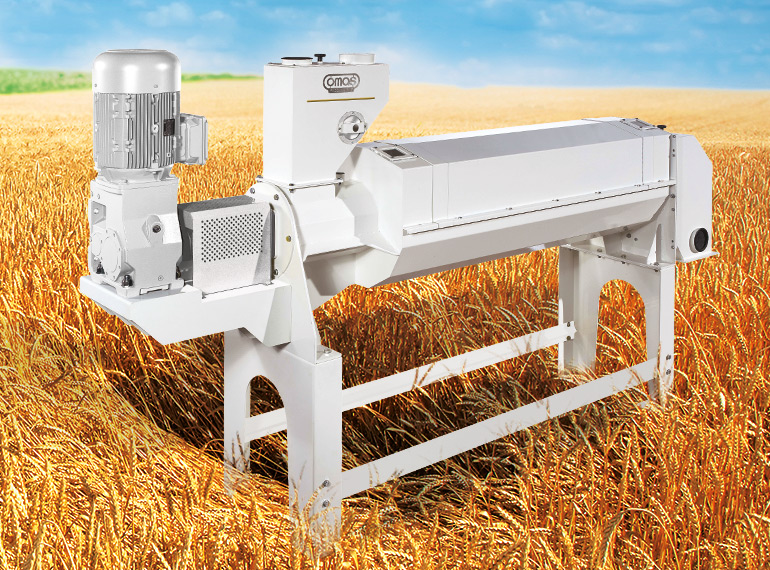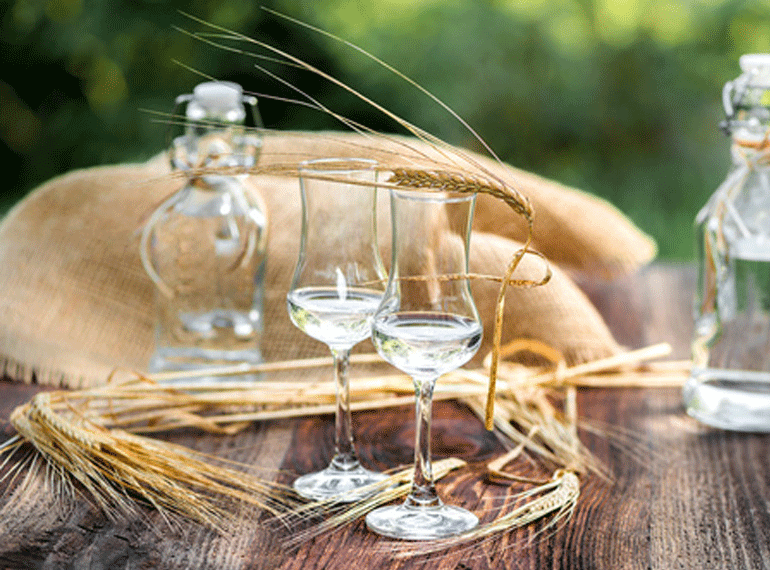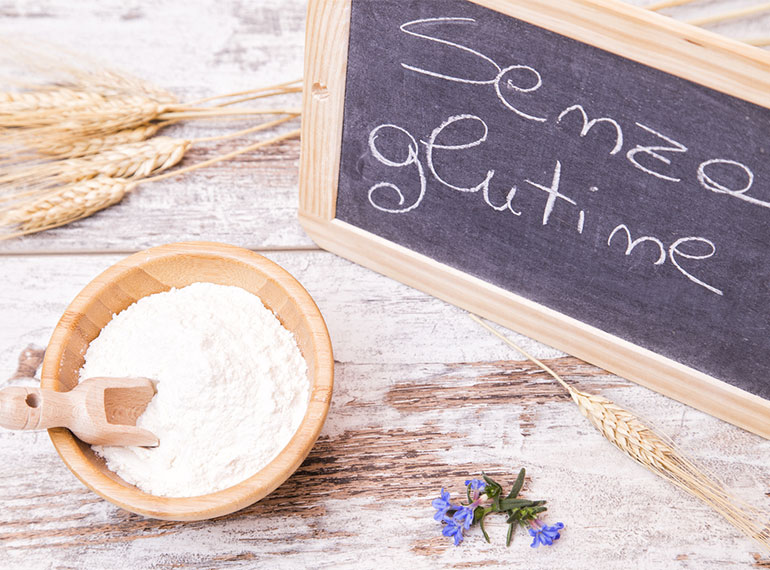Cereal contamination: how to contain the problem of mycotoxins?

In the most general and literal meaning of the term, the mycotoxins are toxic substances produced by fungi, and the first thought related to fungi inevitably evokes the image of Amanita muscaria, the red muscimol mushroom, white-spotted, the most recognizable by children!
It is necessary, however, to open the horizon: it is not only the fungi that produce mycotoxins, because among the fungal species harmful to humans we also find mould. Their nature is parasitic, as all the organisms of the kingdom of living: they infest an host (plant or animal) absorbing part of its nourishment and, through their metabolism, produce some waste substances, the so-called secondary metabolites, which are toxic to many organisms.
Continue reading Cereal contamination: how to contain the problem of mycotoxins?










